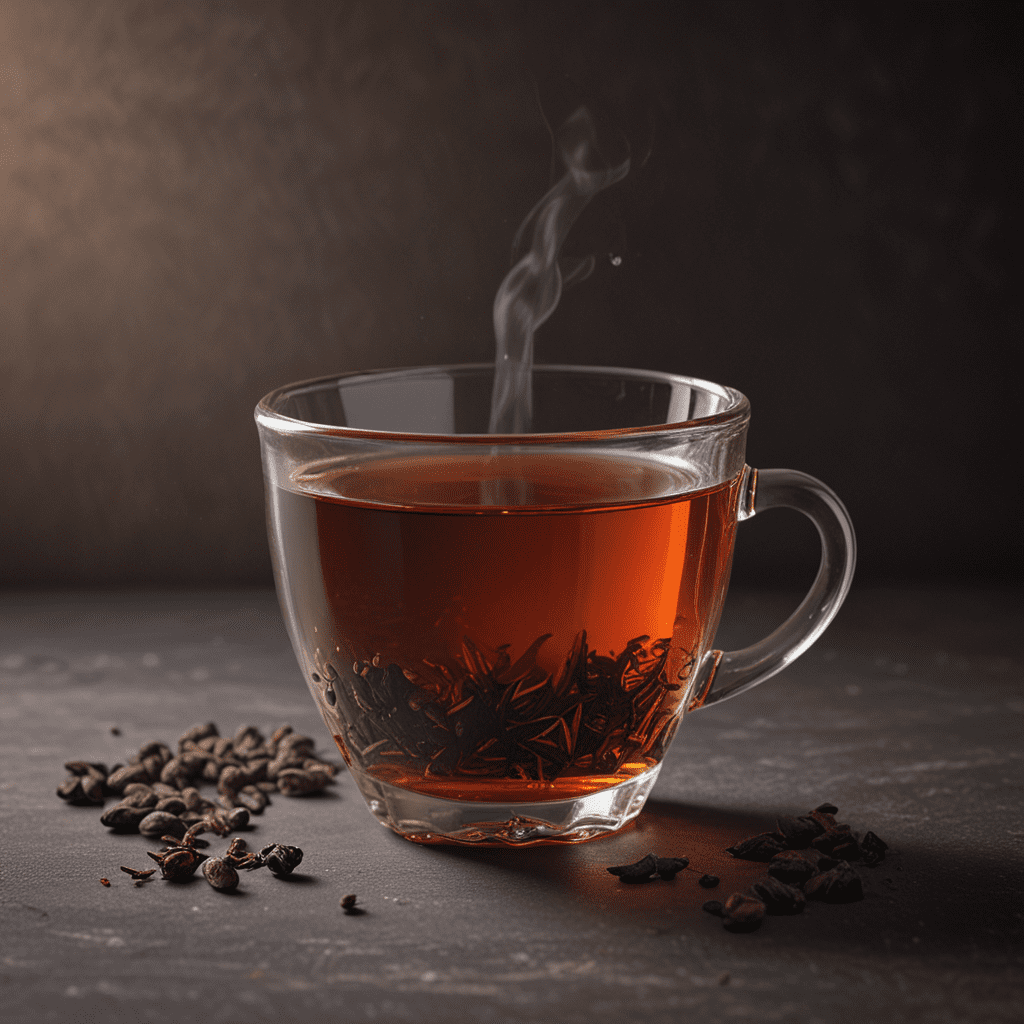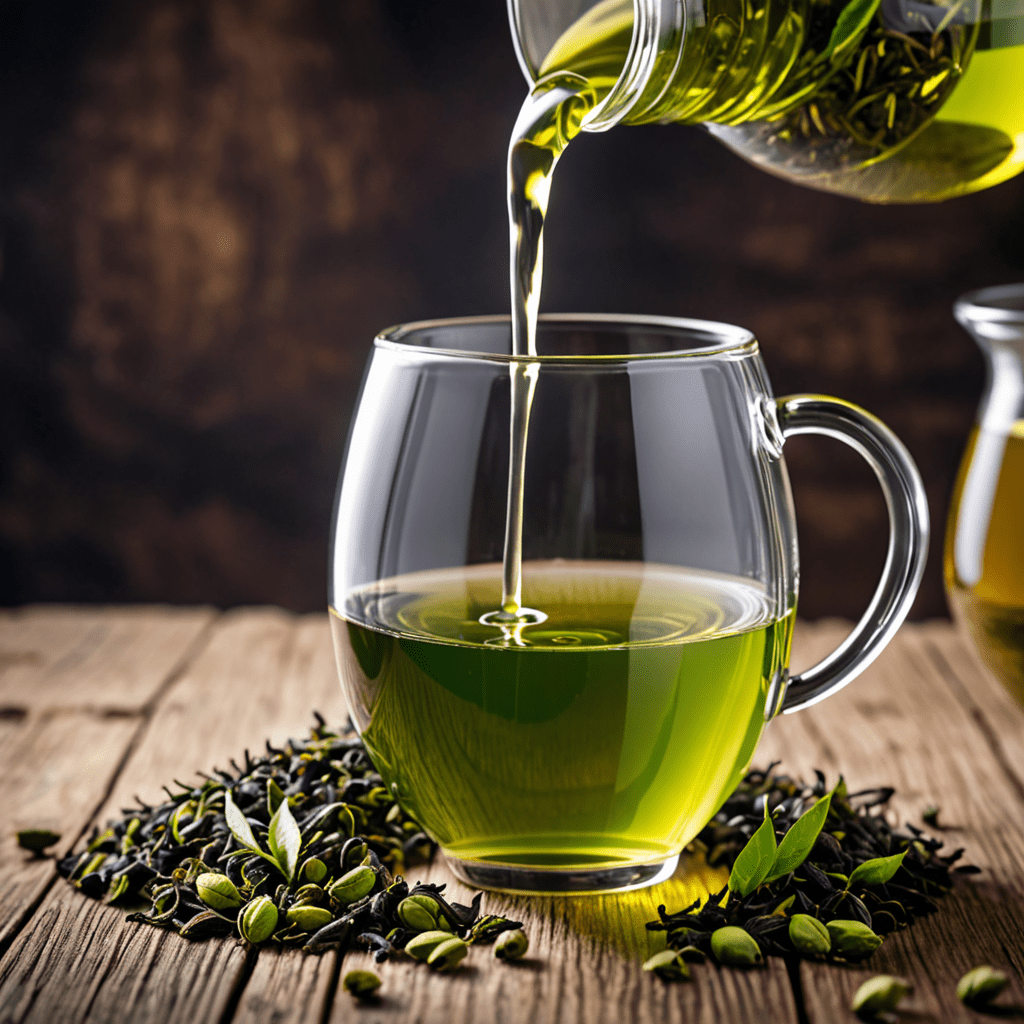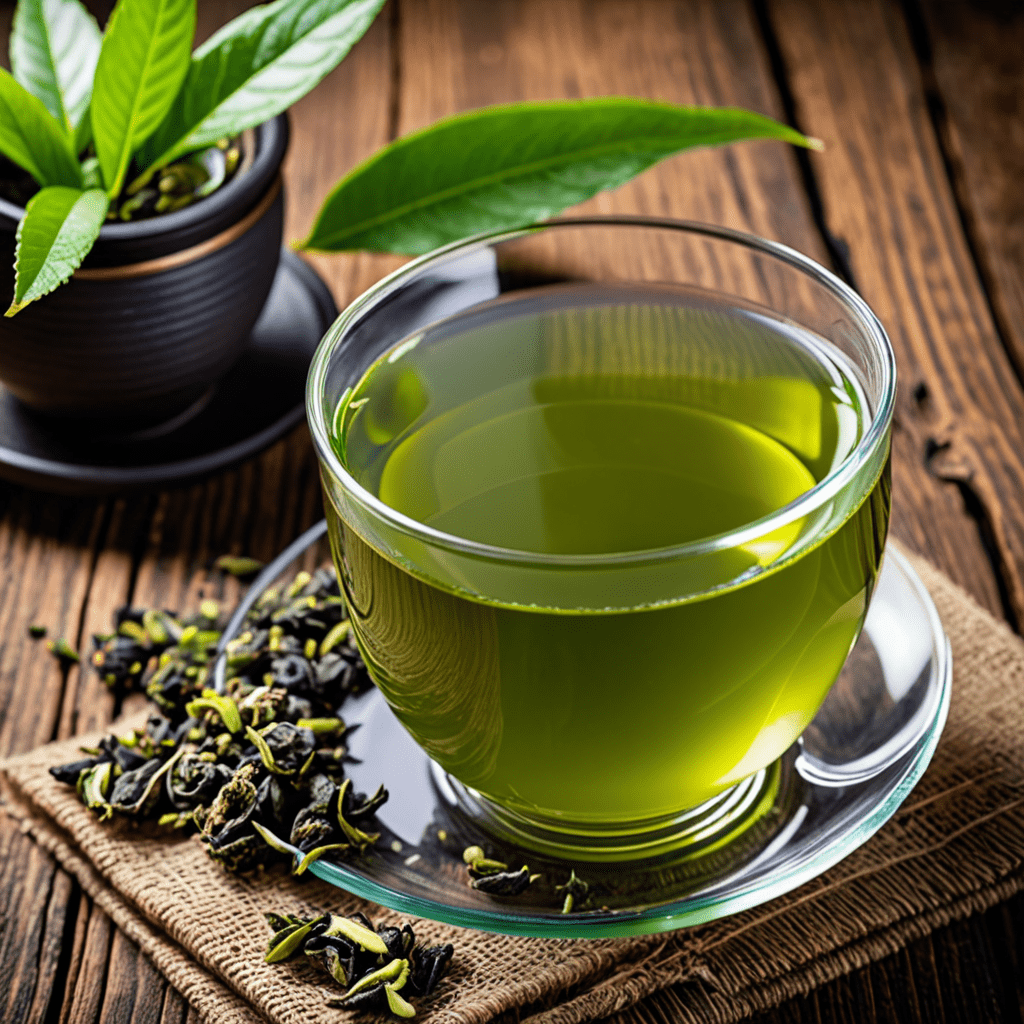Assam Tea: A Taste of Elegance
I. Introduction
Assam tea, renowned for its robust flavor and malty aroma, holds a distinguished place in the world of tea. Originating in the lush Assam region of northeastern India, this tea variety captivates tea connoisseurs with its unique characteristics and rich history. The significance of Assam tea extends beyond its taste, as it has played a pivotal role in the global tea industry, shaping the taste preferences of tea enthusiasts worldwide.
II. The Assam Tea Region
The Assam tea region, situated at the foothills of the Himalayas, is blessed with an ideal climate and distinct soil composition. The region's abundant rainfall, warm temperatures, and fertile soil provide the perfect conditions for the cultivation of high-quality tea plants. The Brahmaputra River, which meanders through the region, further enriches the soil, contributing to the distinctive flavor profile of Assam tea.
III. Camellia Sinensis var. Assamica
Assam tea derives its unique character from the Camellia sinensis var. assamica plant, a large-leafed tea variety indigenous to the region. The assamica plant yields teas with a higher concentration of polyphenols, antioxidants that contribute to the tea's robust flavor and health benefits. The characteristic malty aroma and full-bodied taste of Assam tea are attributed to the unique composition of these polyphenols.
IV. Plucking and Processing
Traditionally, Assam tea leaves are plucked by hand to ensure optimal quality. Modern machinery is also employed to increase efficiency, but the traditional hand-plucking method remains the preferred choice for preserving the delicate flavor and aroma of the tea. Once plucked, the leaves undergo a multi-stage processing procedure, including withering, rolling, oxidation, and drying, to develop their distinctive flavor and texture.
V. Black Tea Blends
Assam tea is primarily processed into black tea, resulting in a variety of blends with distinct flavor profiles. Popular blends include Assam Orthodox, known for its full-bodied taste and malty aroma, and Assam CTC (Crush, Tear, Curl), characterized by its robust, brisk flavor. These blends are often enjoyed as standalone teas or blended with other black teas to create unique flavor combinations.
VI. Health Benefits of Assam Tea
Assam tea is more than a delightful beverage; it also boasts an array of health benefits. The high concentration of polyphenols in Assam tea contributes to its antioxidant properties, protecting the body against free radical damage. Studies have suggested that regular consumption of Assam tea may positively impact cardiovascular health by reducing cholesterol levels and improving blood flow. Additionally, the caffeine content in Assam tea may enhance alertness and focus while boosting energy levels.
VII. Brewing Assam Tea
To fully appreciate the unique flavor of Assam tea, it's essential to brew it meticulously. The ideal water temperature for brewing Assam tea is between 195°F (90°C) and 205°F (96°C). Steeping time plays a crucial role in determining the intensity of the tea. For a moderate strength, steep the tea leaves for 3-4 minutes, adjusting the time to achieve your desired flavor profile.
VIII. Gastronomic Pairings
Assam tea's robust flavor complements a wide range of culinary creations. The malty notes of Assam tea pair exceptionally well with scones, pastries, and desserts. The tea's full-bodied taste also makes it an ideal accompaniment to spicy dishes, such as curries and stir-fries. The versatility of Assam tea allows it to be enjoyed on its own or as a flavorful addition to various culinary experiences.
IX. Cultural Impact of Assam Tea
In Assam, tea holds a deep cultural significance, influencing regional cuisine and social gatherings. The traditional tea gardens of Assam are a testament to the region's rich tea heritage. Tea is an integral part of Assamese culture, enjoyed during social gatherings, festivals, and religious ceremonies. The economic importance of the tea industry in Assam cannot be overstated, contributing significantly to the region's economy and providing employment to countless individuals.
X. Preserving the Heritage of Assam Tea
To preserve the unique qualities of Assam tea, sustainable farming practices and ethical considerations are paramount. Efforts are made to promote biodiversity in tea gardens, minimize environmental impact, and ensure fair labor practices. Traceability and certification programs help maintain the authenticity and quality of Assam tea. By embracing sustainable practices, we safeguard the heritage of Assam tea for generations to come.
FAQ
What makes Assam tea unique?
Assam tea's distinctive flavor, aroma, and health benefits stem from its unique terroir, the large-leafed Camellia sinensis var. assamica plant, and traditional processing methods.
How do I brew the perfect cup of Assam tea?
Brew Assam tea using water at 195-205°F (90-96°C) and steep for 3-4 minutes, adjusting the time for desired strength.
What foods pair well with Assam tea?
Assam tea's robust flavor complements scones, pastries, desserts, and spicy dishes, making it a versatile culinary companion.
How can I contribute to the sustainability of Assam tea?
Support brands that prioritize sustainable farming practices, biodiversity, and fair labor practices to ensure the longevity of Assam tea's heritage.


